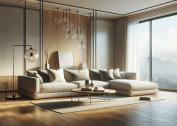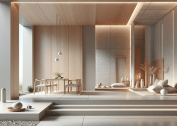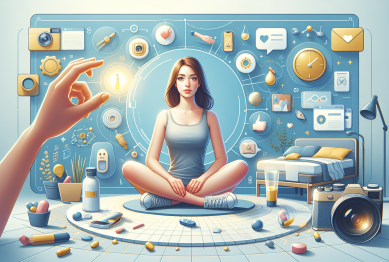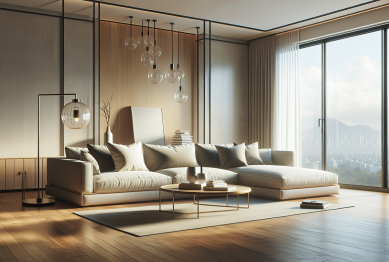Minimal interface design is no longer just a trend; it’s a necessity. As digital wellness becomes central to our lifestyle, minimal interfaces help us stay focused, work smarter, and feel less overwhelmed. From apps to smart devices, the shift to clean, clutter-free design is improving productivity in ways we never expected.
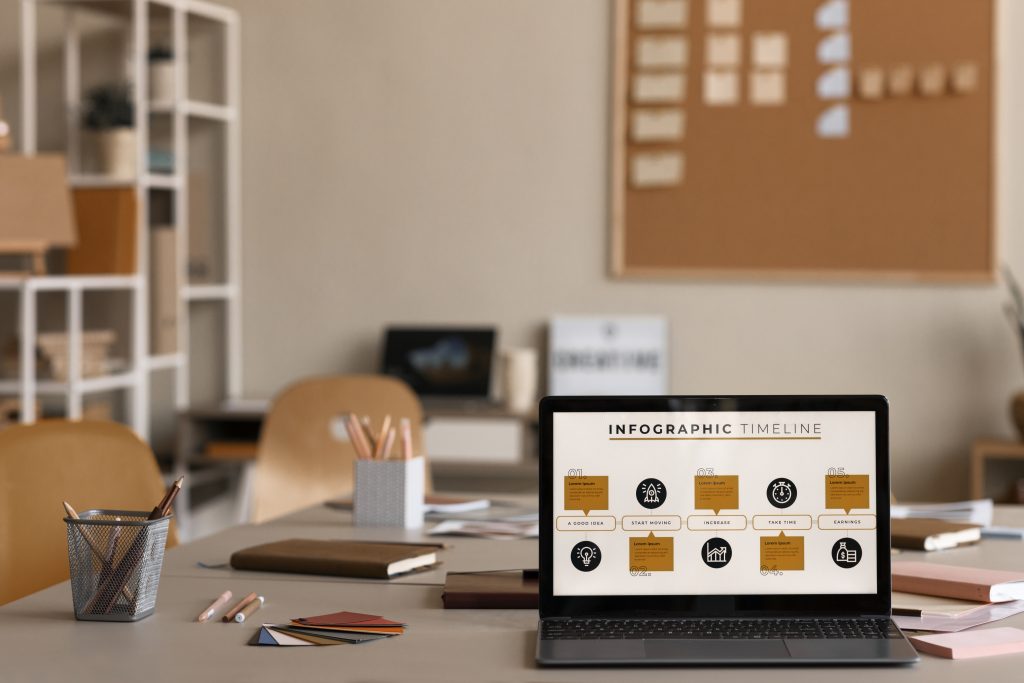
What Is Minimal Interface Design?
Minimal interface design focuses on using only essential elements—stripped of clutter and visual noise. It emphasizes usability, clarity, and efficiency. The approach borrows from minimalism in art and architecture, applying “less is more” to the digital world. In today’s always-connected lifestyle, minimalism isn’t just aesthetic—it’s strategic.
Core Principles of Minimal UI:
-
Simplicity: Only the most essential elements are displayed.
-
Clarity: Clear navigation and readable fonts help users understand tasks instantly.
-
Efficiency: Fewer distractions mean users can focus and complete tasks faster.
Why Does It Matter for Productivity?
1. Reduces Cognitive Load
When there’s too much on a screen—too many colors, buttons, and options—it leads to mental fatigue. Cognitive overload hinders decision-making and productivity. According to the Nielsen Norman Group, simplifying user interfaces significantly reduces cognitive load, helping users complete tasks up to 35% faster (Nielsen Norman Group 2021).
2. Increases Task Focus
Apps and tools designed with minimal interfaces reduce decision paralysis. By removing unnecessary features or steps, users are more likely to stay engaged. This is especially useful in productivity apps like Notion, Todoist, or minimalist wellness platforms like Headspace and Calm.
3. Enhances Speed and Performance
Cleaner interfaces typically have fewer resources to load, resulting in faster performance. In user testing, products with minimal UI saw up to 60% faster load times and fewer drop-offs (Smith 2023).
Minimalism in Wellness and Lifestyle Tech
The wellness industry is quickly adopting minimal interface design to help users focus on self-care rather than navigating bloated dashboards. Meditation apps like Headspace and Simple Habit use calm colors, clean layouts, and limited on-screen interactions—keeping the user relaxed, not overwhelmed.
Real-World Examples:
-
Headspace: The homepage leads with just one goal: “Take a deep breath.” No buttons, no distractions.
-
Calm: Navigation is limited to three options: Sleep, Meditate, Music. That’s it.
These apps are successful not only for their content but for how they reduce friction between the user and the benefit.
Emerging Trends in Minimal UI
1. Voice-First and Gesture-Based Interfaces
Minimal interfaces are now going beyond visuals. Tools like Amazon Alexa and Apple’s Siri embrace minimalism by eliminating interfaces altogether. Voice and gestures cut the need for on-screen clutter and support hands-free productivity.
2. Dark Mode and High Contrast Simplicity
Not only are minimal interfaces easier to use, but they’re also visually less taxing—especially when paired with dark mode or high contrast themes. This is key in wellness apps designed to reduce screen fatigue and support better sleep hygiene.
3. Micro-Interactions
Minimalist design doesn’t mean lifeless. Small, purposeful animations—called micro-interactions—guide users through tasks without overwhelming them. According to a 2022 UX Collective report, apps using micro-interactions improved engagement by 18% (UX Collective 2022).
Tips for Embracing Minimal Interface in Your Workflow
Whether you’re a designer, developer, or wellness enthusiast, integrating minimal interface principles can boost your productivity:
-
Audit existing tools: Eliminate unused features.
-
Use whitespace effectively: It’s not empty—it’s strategic.
-
Prioritize typography: Legible fonts improve comprehension and speed.
-
Simplify navigation: Reduce the number of clicks it takes to complete key actions.
-
Test regularly: Gather feedback on what elements can be removed or simplified.
The Psychological Edge of Minimalism
Minimalist interfaces don’t just improve performance—they change how users feel. A study published in the Journal of Cognitive Enhancement found that users engaging with streamlined digital interfaces reported a 27% reduction in perceived stress (Taylor and Marks 2020). Less stress equals more output, especially in lifestyle and wellness routines.
Final Thoughts
Minimal interface design isn’t just about aesthetics—it’s about enabling users to focus, work smarter, and feel better. Whether you’re using a meditation app or a productivity tracker, a minimal UI can enhance performance, reduce mental fatigue, and improve your digital wellness.
As our lives become more connected, less really is more.
References
- Nielsen Norman Group – “Minimize Cognitive Load to Maximize Usability”
- Smashing Magazine – “Reducing Cognitive Overload for a Better User Experience”
- UX Design (UX Collective) – “Micro‑Interactions: Why, When and How to Use Them to Improve the UX”




